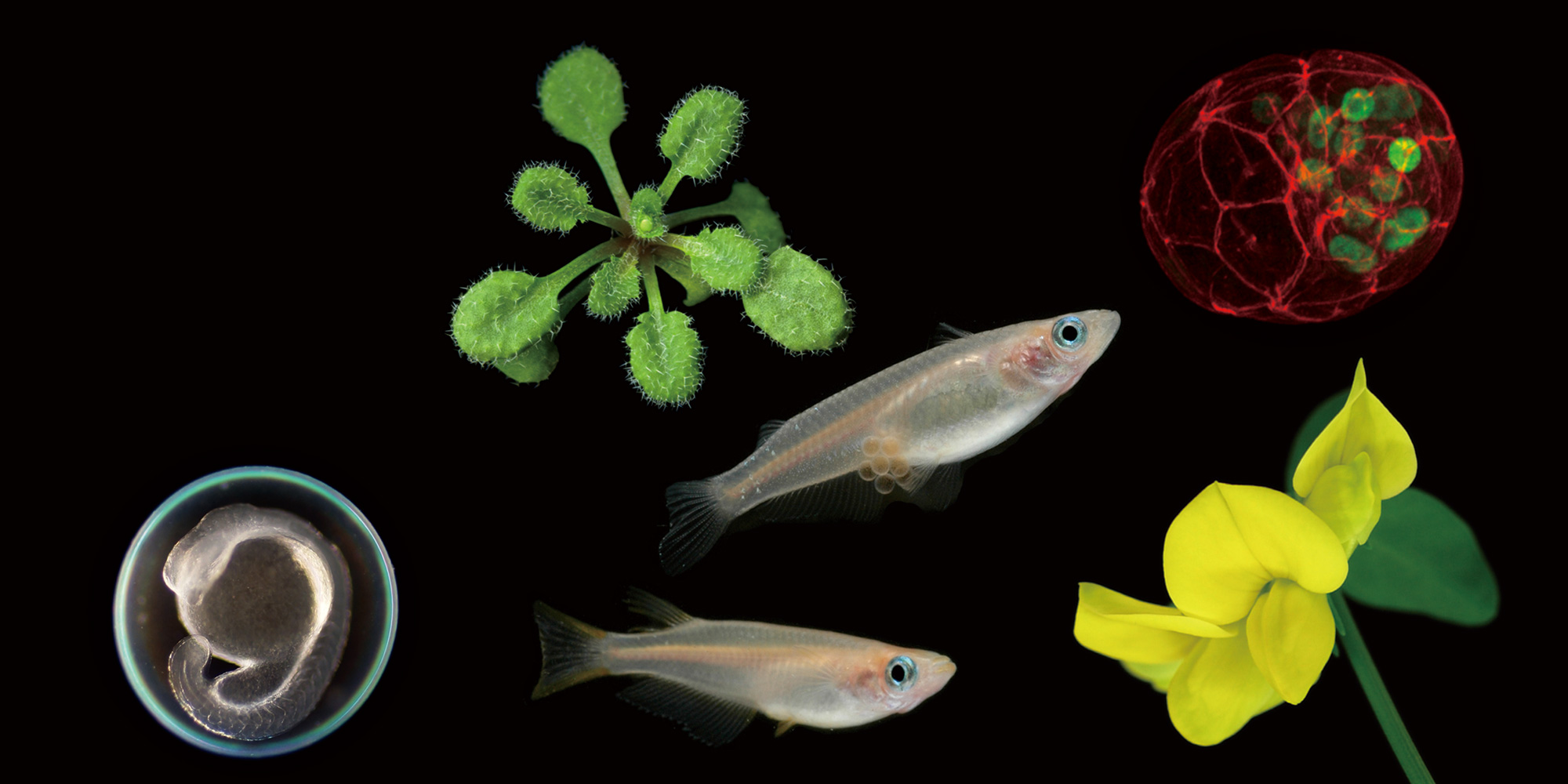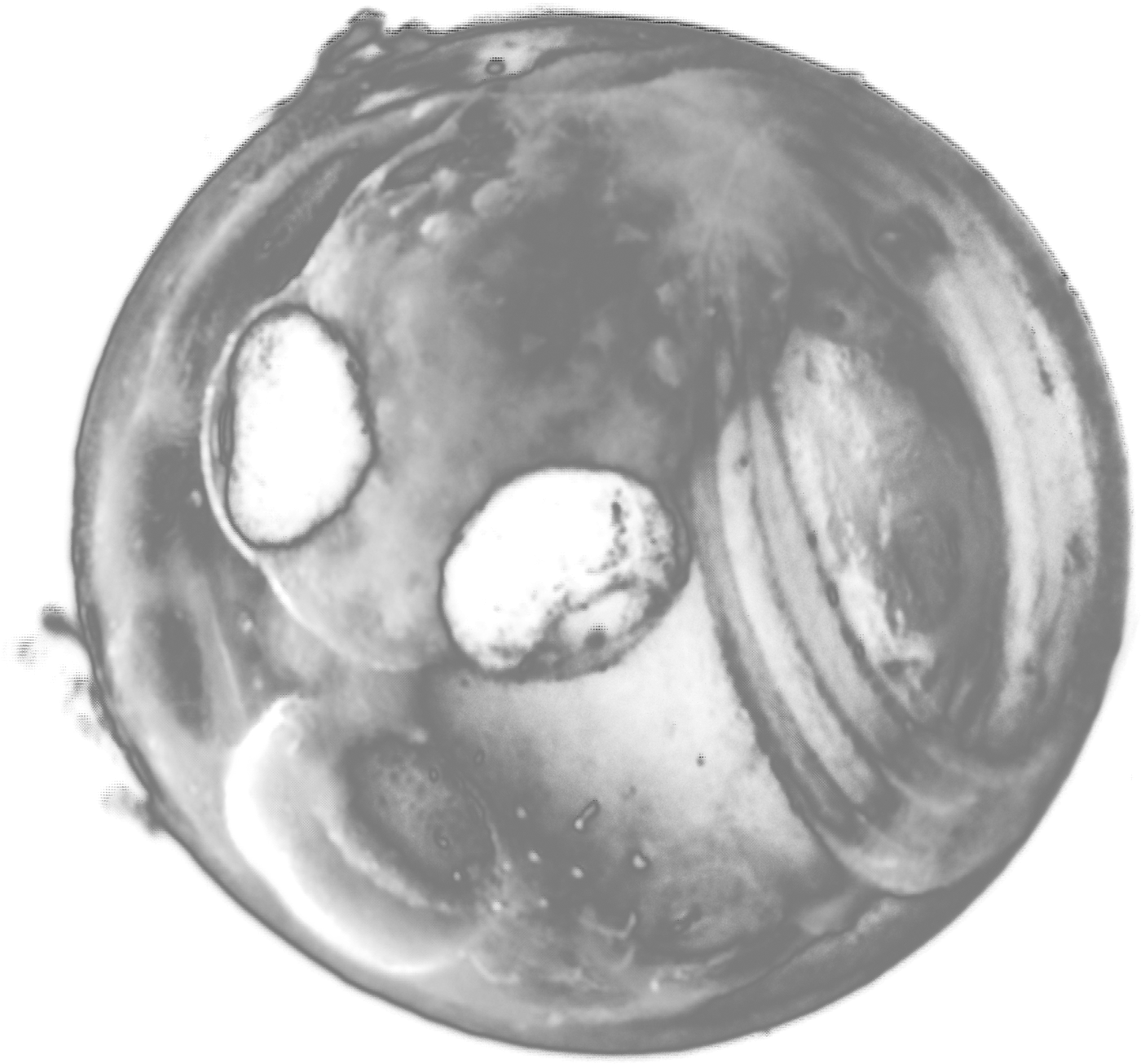2018.09.27
Opening up new horizons in regeneration research using the axolotl (Ambystoma mexicanum)
Dr. Takuji SUGIURA (Molecular mechanisms of vertebrate regeneration, The Research Institute of Molecular Pathology (IMP), AUSTRIA)
2018. 09. 27 (Thu) 18:00 ~ 19:00
Conf. Room, Myodaiji (111)
Spectography and Bioimaging Facility, Yasuhiro Kamei(7535)
The 10th NIBB International Practical Course
Open Seminar
Successful regeneration of appendages (such as limbs and tails) comprises several biologically fascinating issues. How do regenerative animals trigger regeneration? What is the source of progenitor cells for regeneration, and how do these progenitors differentiate appropriately? How do regenerative animals restore fully patterned limbs? Urodele amphibians (including the axolotl, Ambystoma mexicanum) maintain robust regeneration abilities throughout life, unlike mammals, making them excellent models to address these questions.
Historically, it has been difficult to address gene function in the axolotl due to the lack of methods to manipulate gene function in the complex adult system. It is an explosive time for this field, we have recently sequenced the axolotl genome1 and developed CRISPR-mediated mutation2 and gene knock-in strategies3 that give this organism the full range of molecular capabilities. In this seminar, I would like to introduce how we can develop new research tools to address current frontiers in regenerative biology, using actual examples4,5,6 from our group.
References:
1. S. Nowoshilow et al., (2018) Nature. 554(7690):50-55. doi: 10.1038/nature25458.
2. Fei, J.F et al., (2014) Stem Cell Reports. 3 (3):444-59. doi: 10.1016/j.stemcr.2014.06.018.
3. Fei, J.F et al., (2017). Proc. Natl. Acad. Sci. USA. 114(47):12501-12506
4. JD Curry et al., (2016) Dev Cell; 39(4):411-423. doi: 10.1016/j.devcel.2016.10.013.
5. E. Nacu et al., (2016) Nature. 533(7603):407-10. doi: 10.1038/nature17972.
6. T. Sugiura et al., (2016) Nature, 531(7593):237-40. doi: 10.1038/nature16974.







